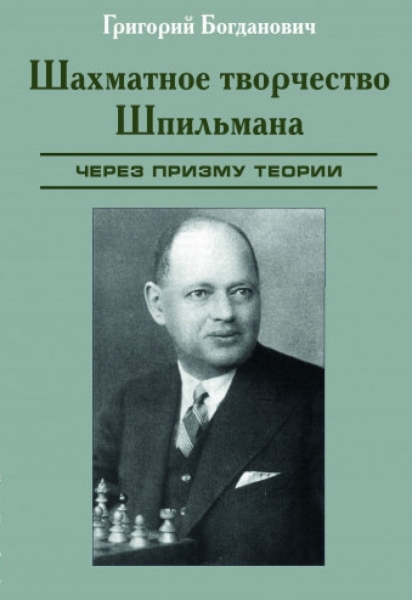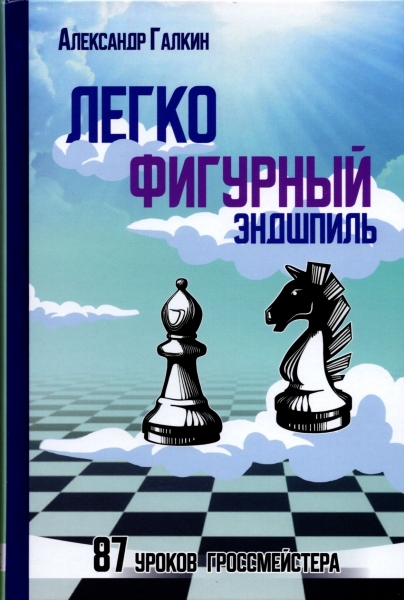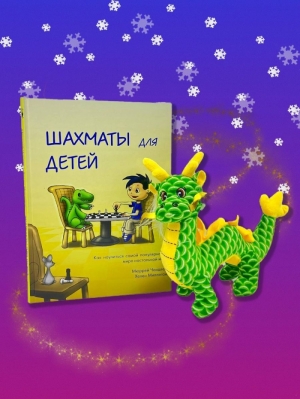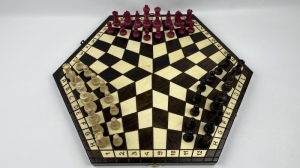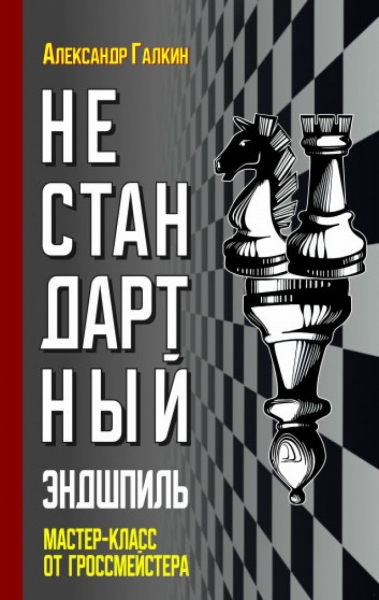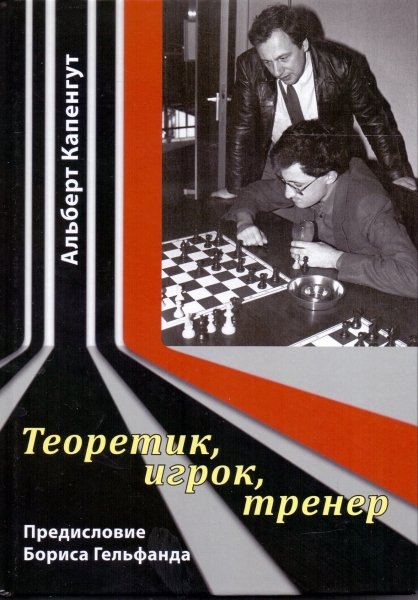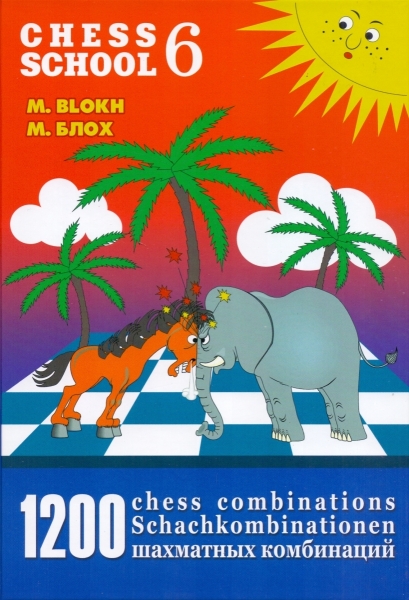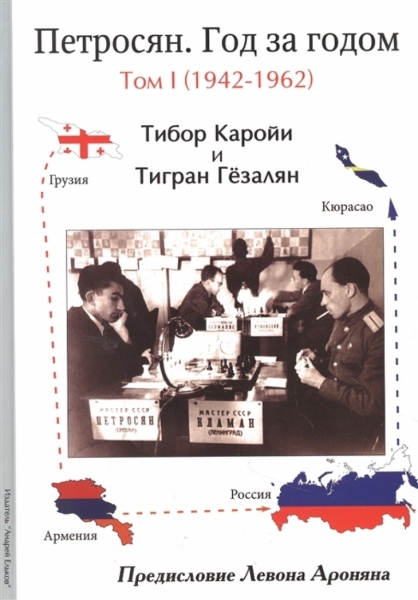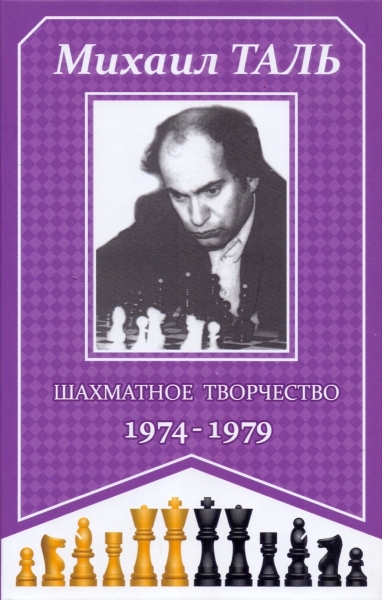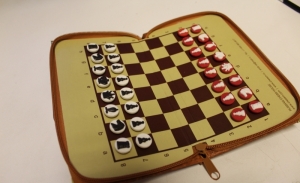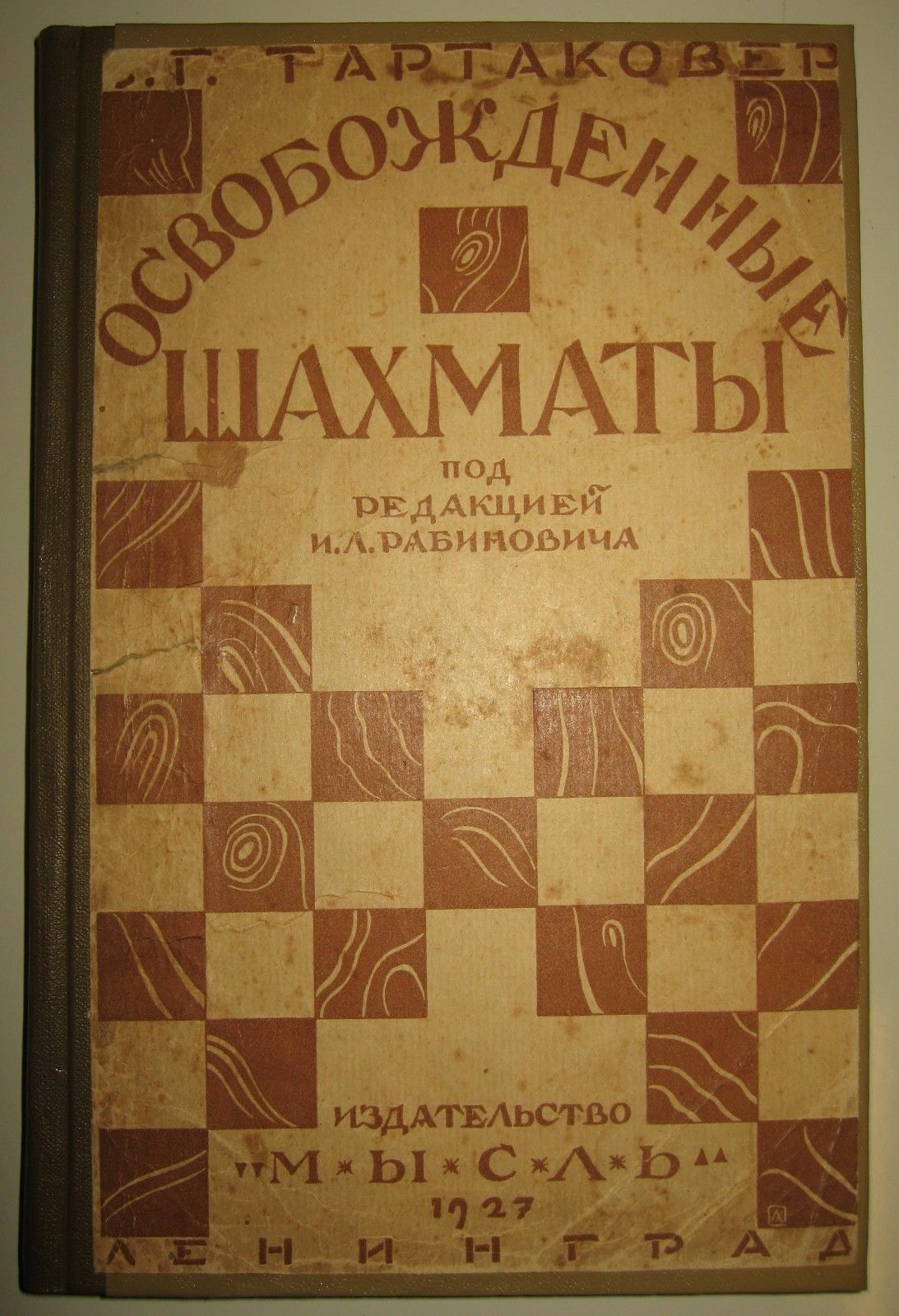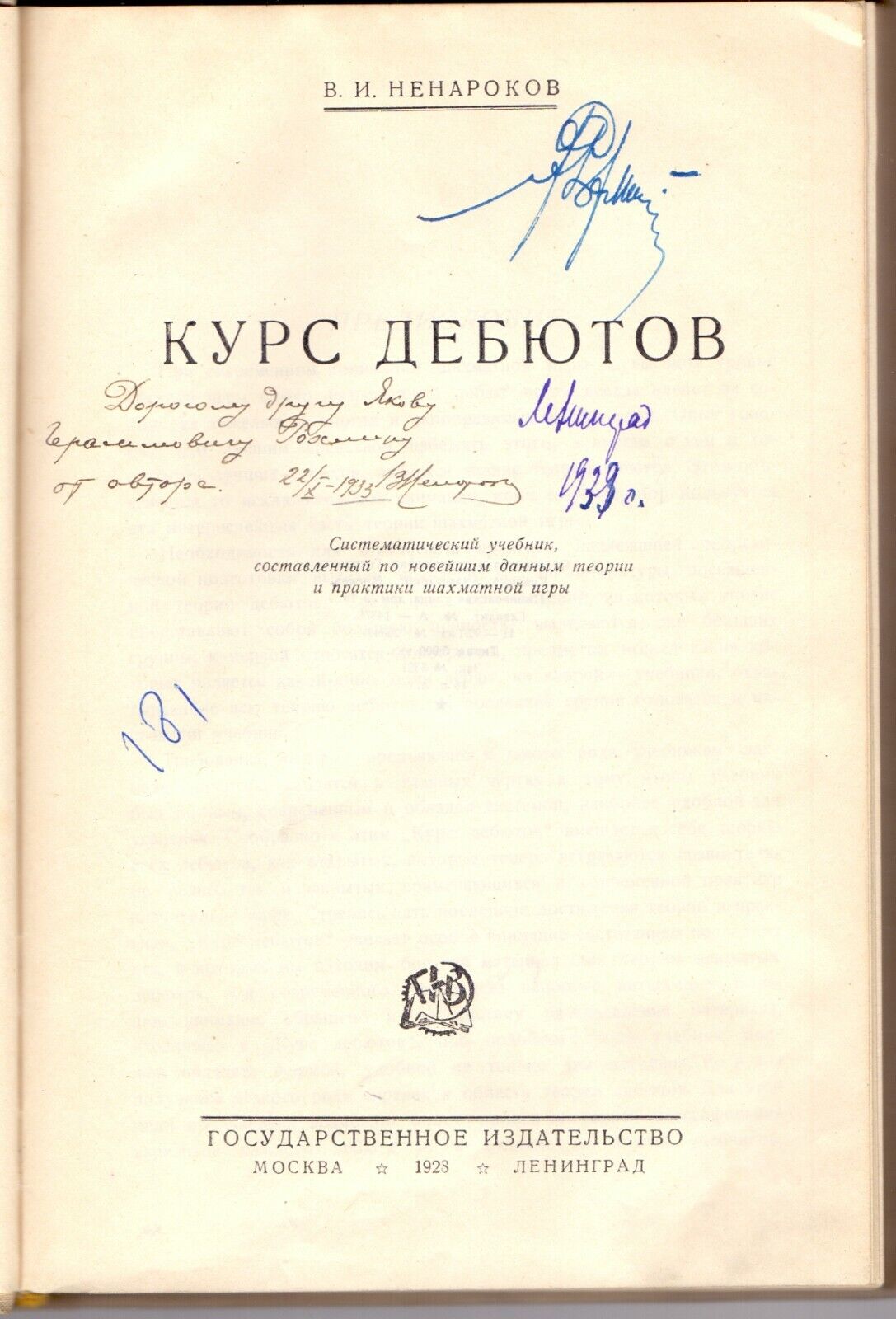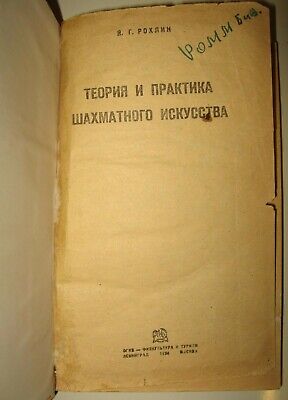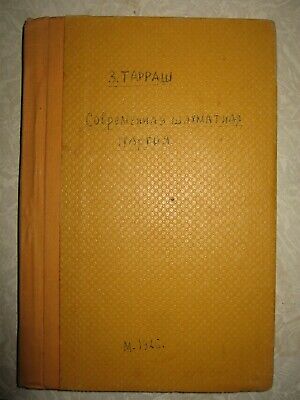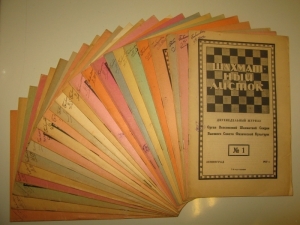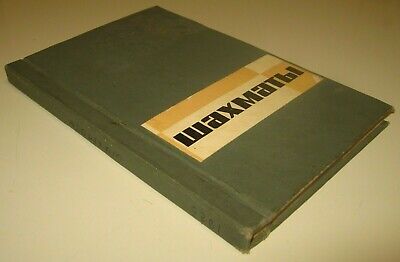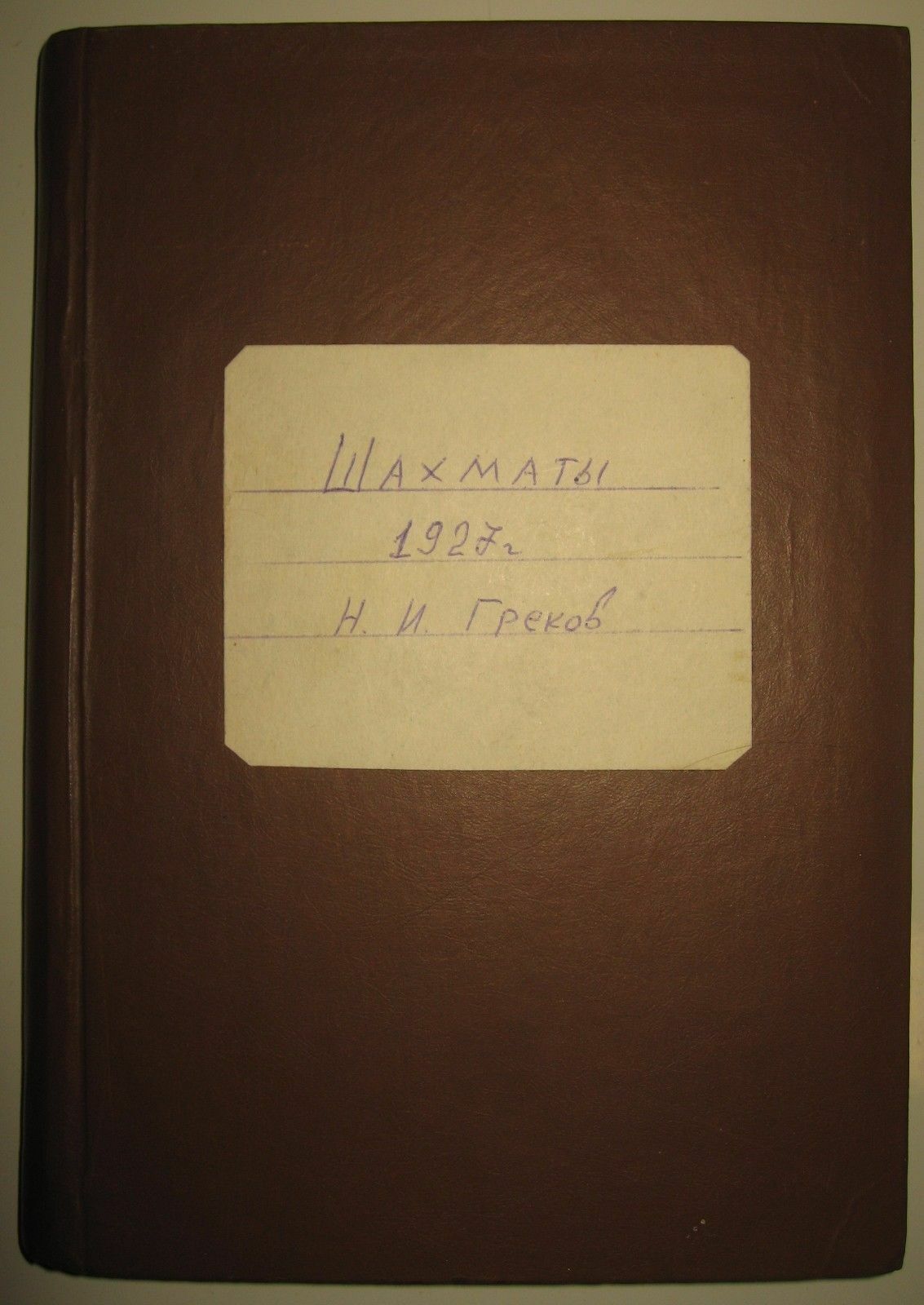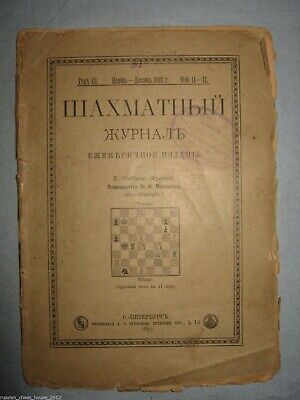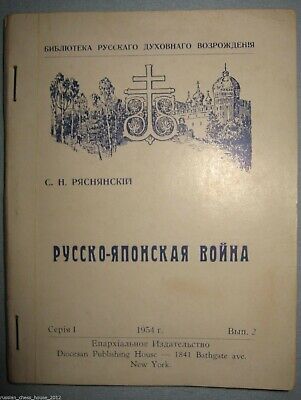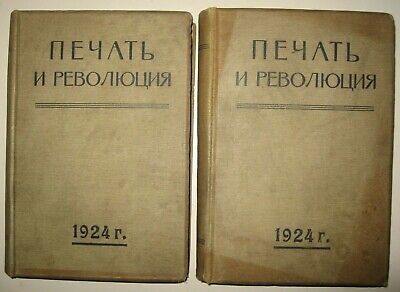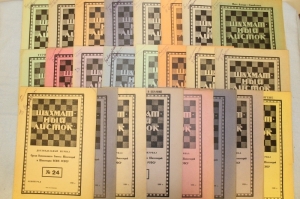eBay items
-
29.00 $
Antique Russian Chess Book: Author: S. Tartakower Liberated chess Editor: I. Rabinowitz Published: Moscow, 1926 Language: Russian 220 pages Satisfactory condition. Traces of restoration. Page 318 is missing (Look at the photos)Box C
-
Antique Russian chess book: Author: V. Nenarokov Course of debuts Published: Moscow 1928 Binding: Hard Language: Russian 272 pages Condition: Print the chess club. Signed by V. Nenarokov for Y. Rokhlin: “ For dear friend Yakov Gerasimovich Rokhlin from the author” There is signature of Y. Rokhlin on the title page also. Yakov Gerasimovich Rokhlin (January 27, 1903, Saint Petersburg, Russian Empire-1996, Moscow, Russia) was a Soviet chess player and figure of the Soviet chess movement, master of the USSR 1929, honored coach of the USSR (1962), master of sports of the USSR (1929 and 1967), international master of the icchf (1967), international referee (1956). Gostrener of the RSFSR sports Committee (1946-1958), Chairman of the all-Union chess trade Union (1964). Candidate of pedagogical Sciences, associate Professor. Chess writer. Vladimir Ivanovich Nenarokov (January 4, 1880 – December 13, 1953) was a Russian chess master and theoretician. Born in Moscow,[1] he was one of the strongest masters in his home town around 1900.[2] In 1899, he tied for 6-7th in Moscow (1st Russian Championship, Mikhail Chigorin won). In 1900 he won the first Moscow City Championship. In 1901, he took 5th in Moscow (2nd RUS-ch, Chigorin won). In 1905, he drew a match with Savielly Tartakower (+2 –2 =0); won against Fyodor Duz-Khotimirsky (+5 –3 =1) in 1907, and won against the sixteen-year-old Alexander Alekhine (+3 –0 =0) in 1908.[3] Nenarokov won the Moscow Championship again in 1908. In 1916, he took 2nd, behind Alekhine, in Moscow. He also took 2nd, behind Alekhine, and ahead of Abram Rabinovich, at Moscow 1918 (Triangular).[4] He took 3rd at the 3rd Moscow championships in 1921 (Grigoriev won); tied for 3rd-5th at Petrograd 1923 (2nd USSR Championship, Peter Romanovsky won); tied for 6-8th at Moscow 1924 (3rd USSR-ch, Efim Bogoljubov won); took 18th at Leningrad 1925 (4th USSR-ch, Bogoljubov won); took 7th at Moscow 1927 (5th USSR-ch, Fedor Bogatyrchuk and Romanovsky won); took 2nd, behind Boris Verlinsky, at the 9th Moscow championships in 1928; took 6th at Odessa 1929 (6th USSR-ch, Quartel Final); won at Tiflis (Tbilisi) 1929; took 3rd at Tiflis 1930 (Vsevolod Rauzer won), and tied for 3rd-4th at Tiflis 1930 (Goglidze won).[5] Nenarokov was awarded the International Master title in 1950. EK28
-
22.00 $
Author: Y. G. RokhlinTitle: The first chess lessonsTutorial for beginnersPublished: Moscow, 1940Language: Russian92 pagesFrom the book drop two pages Я.Г.РохлинПервые шахматные урокиУчебник для начинающихМосква, 1940 Из книги выпадают две страницыАрт ЕК 6
-
19.00 $
Antique Russian Chess Book: Author: Y. Rokhlin Title: Theory and practice of chess art Published: Moscow – Leningrad, 1934 Language: Russian 208 pages Арт ек31
-
40.00 $
Antique Russian Chess Book: Z. Tarrasch. Modern chess game. 1926 Author: Z. TarraschModern chess gamePublished: Moscow, 1926Language: Russian380 pages Condition: satisfactoryDefects on the last pages.Traces of restoration.Darkened pageThere are no pages 191, 192There are photocopies of the pages 191, 192 З.ТаррашСовременная шахматная партияИздательство «Физкультиздат», Москва, 1926 Ксерокопии страниц 191, 192Дефекты на последних страницахУдовлетворительное состояние. Следы реставрации. Потемневшие страницы Арт ЕК13
-
250.00 $
Antique Russian Chess Magazine: Complete set of magazines «Shakhmatny Listok» for the 1927 1-24. Complete set Published: Moscow Leningrad, 1927 Language: Russian EK-40
-
176.00 $
Antique Russian Chess Magazine «Shakhmaty» («Chess») Editor: N. Grekov №№1-12, 1925. Complete set Published: Moscow, 1925 Language: Russian Condition: Torn upper corners of several pages in the latest magazine (see photo in the description)Арт ЕК 6



-
190.00 $
Antique Russian Chess Magazine «Shakhmaty» («Chess»). Complete set. 1927 Complete yearly set 1-12 Publisher: N. Grekov. Moscow. 1927 Language: RussianEK36
-
45.00 $
Antique Russian Chess Magazine! Шахматный журналъNo. 11-12, October – November 1893Publisher: Printing House Of A. S. Suvorin, St. Petersburg, 1893 Арт Ек15
-
50.00 $
The library of the Russian spiritual RenaissanceAuthor: Ryasnyansky S.Title: The Russo-Japanese warSeries I. Issue 2Publisher: Diocesan Publishing House, New York, 1954Language: Russian128 pagesБиблиотека русского духовного возрожденияС.Н.РяснянскийРусско-японская войнаСерия I. Выпуск 2.Издательство: Епархiальное издательство, Нью Йорк, 1954
-
150.00 $
Titile: Print and Revolution. Convoluted in 6 vols. Complete annual set for 1924 A magazine of literature, art, criticism, and bibliography in the near past participation A. Lunacharsky, N. Meshcheryakov, M. Pokrovsky, V. Polonsky, I. Stepanov-Skvortsov. Published: Moscow, 1924 Language: Russian 332 + 334 + 298 pages 336 + 336 + 300 pages Weight: 2900 gr
-
250.00 $
Title: Chess. 1928. Publisher: the Supreme Council of physical culture, Publishing House Krasnaya Gazeta, 1928 Language: Russian Number of issues: 24 issues for a year. Condition: good Chess in the USSR-Soviet chess monthly magazine, printed organ of the USSR Chess Federation. The magazine was founded in 1931 on the basis of the magazine "Chess leaf". As of 1987, it was distributed in 50 countries, with a total circulation of 52,000 copies. In 1995 the magazine was renamed "Chess in Russia". In 1999, the journal ceased to exist. 1921: began publication "chess Piece mug Petrovskomu". The first issue of April 20 (like all the others) really was a piece of paper: two chess games were shown on the front side, two more and a chronicle of chess events were located on the reverse side. The circulation was 200 copies By the end of the year was released 34 of the sheet (print up to 500 copies), and then publication was suspended. August 1922: the edition was renamed into "Chess leaf" and became a magazine, an organ of the Petrograd chess collection (up to 1 thousand copies). In 1923, the magazine participated in the campaign to create the all-Russian chess Union, after which it became a printing body. After the III all-Union chess Congress (1924) the journal was transferred to the all-Union chess section of the Supreme Council of physical culture. 1931: from the 13th issue the magazine was named "Chess in the USSR". The first years were printed in Leningrad, since 1938 - in Moscow. 1941-1945: during the war the magazine did not leave. 1992: after the collapse of the USSR, "Chess in the USSR" United with "Express chess" and renamed "Chess Bulletin". 1995: renamed Chess in Russia. 1999: edition of the magazine. EK-40
-
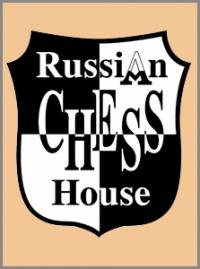 The life of a chess player in the system. Memories of the grandmaster
Author:
The life of a chess player in the system. Memories of the grandmaster
Author:
Averbah 45.00 $ -
 Три матча Ботвинник-Смыслов
Author:
Три матча Ботвинник-Смыслов
Author:
Botvinnik 45.00 $ -
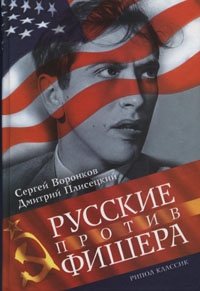 Russians vs Fisher
Author:
Russians vs Fisher
Author:
Voronkov 65.00 $ -
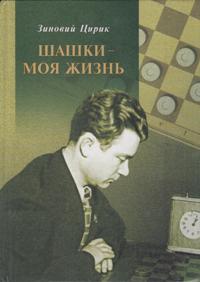 Checkers is my life
Author:
Checkers is my life
Author:
Ciric 87.50 $ -
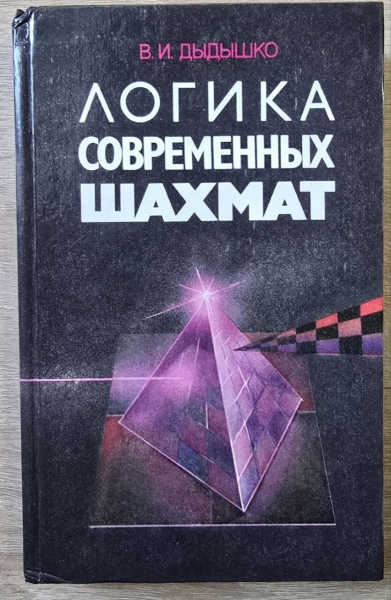 The logic of modern chess
Author:
The logic of modern chess
Author:
Dydyshko 72.50 $ -
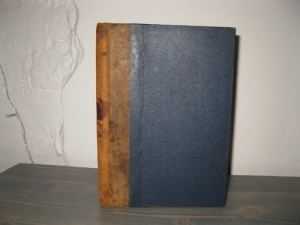 Siegbert Tarrasch. The Queen
Author:
Siegbert Tarrasch. The Queen
Author:
Tarrash 72.50 $ -
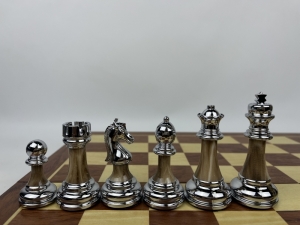 High quality acrylic metal heavy chess pieces with wooden board
202.50 $
High quality acrylic metal heavy chess pieces with wooden board
202.50 $
-
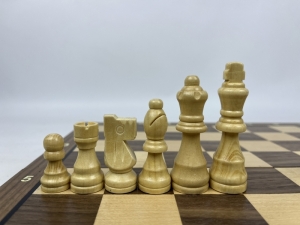 Wooden magnetic Staunton chess with a lock (silver)
56.25 $
Wooden magnetic Staunton chess with a lock (silver)
56.25 $
-
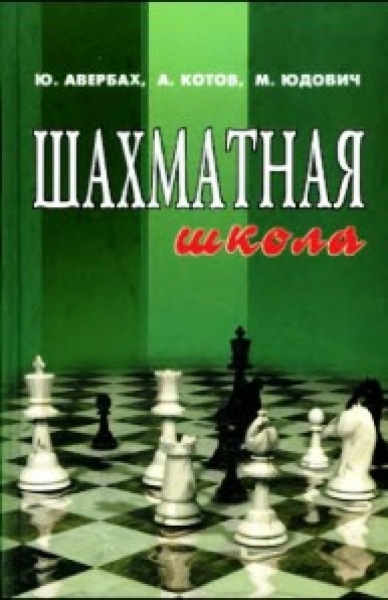 Chess school
Author:
Chess school
Author:
Averbah 15.00 $ -
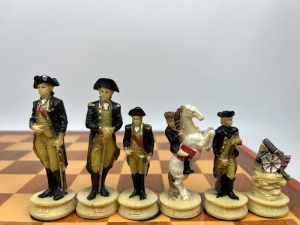 The chess set of The Chessmen. US war - Great Britain
325.00 $
The chess set of The Chessmen. US war - Great Britain
325.00 $
 Русский
Русский  Английский
Английский 